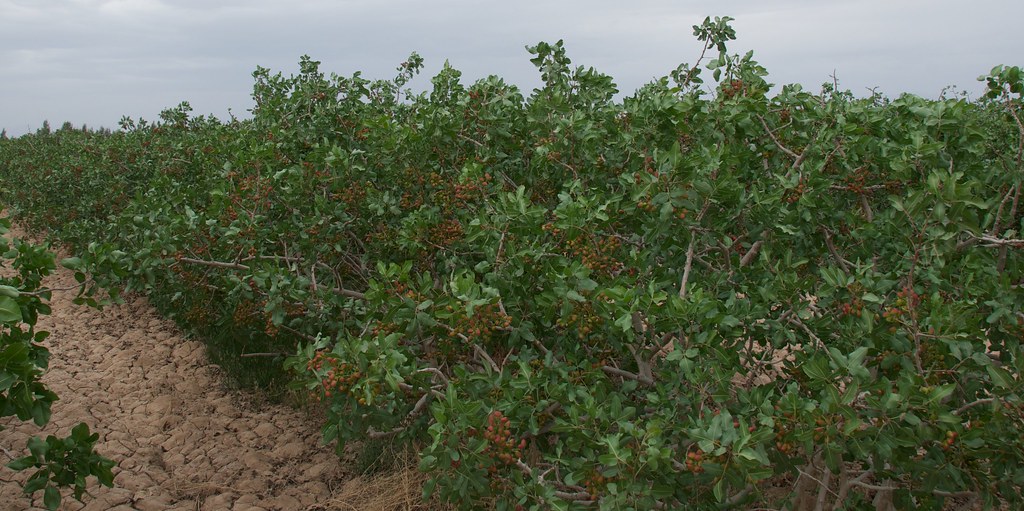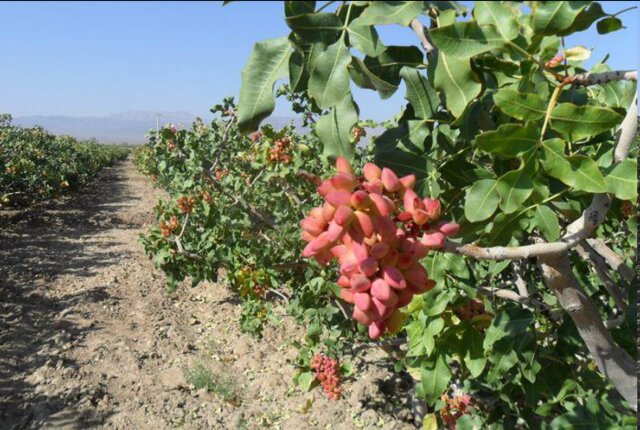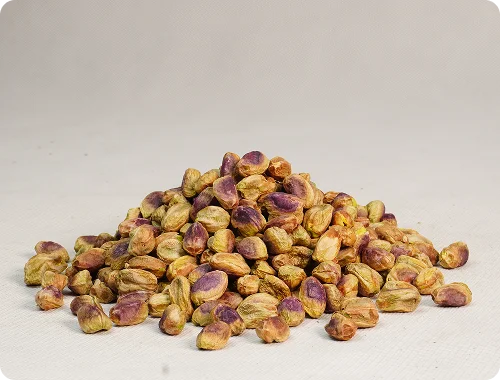How to grow pistachios?

Pistachios are kind of small and slow-growing trees from the cashew family. They are originated in the Middle East and Asia. Historically it is believed that pistachios trees were grown in Iran for the first time. Iran is also one of the main producers and exporters of pistachios worldwide. Pistachio growing is a kind of technical activity that need enough information to succeed in harvesting the most and best crops. It is tried to give some technical information about pistachio growth in the present article.
Pistachio Growing Condition
Pistachio trees are kind of resistant plants. Their ideal growing conditions are as bellow:
- Arid, semi-dried climate, not many plants can grow and tolerate this climate condition.
- Sunny position low humidity, which is why pistachio is a desert plant.
- well-drained soil, simply in this type of soil, water pooling and puddling is not needed because water drains at moderate rate.
- Hot and dry regions which include long and hot summers and cold but not frigid winters, the ranging temperature is between −10 °C (14 °F) in winter and 48 °C (118 °F) in summer. Pistachios are drought-tolerant and they are resistant to hot weather.
Pistachio Planting
For planting, use raw pistachio seeds. In Iran, the small Badami type is commonly chosen.
Next, place the selected seeds in a bowl of water for one to two days at room temperature. After soaking, cover them with wet cotton bags in a warm, humid place (20 to 30 degrees).
Seeds usually begin to sprout within a week. Once they sprout, transfer the strong seedlings to the garden. Wait for the seedlings to grow, which typically starts in early spring when the weather warms up. To protect the young plants from animals, cover them with bushes. Irrigation is crucial during this period. Water the plants every six to ten days.

Pistachios Hybrid
Pistachio hybrid should be done after two years, which it includes some steps and each steps needs appropriate time and procedure.
At first, growers have to prepare trees for a hybrid. They have to cut tree branches in winter while the plants are dormant. New branches appear in spring.
Grafting with new branches of other species has to be done in the beginning of summer. The type of pistachio species for grafting depends on the region and the land. Two more years’ time is needed for the first crops to grow but they are not suitable for commerce. Soil, water, and climate conditions are main factors for harvesting good crops.
T best crops can be harvested in ten to fifteen years’ time is best situation. Pistachios like other nuts are alternate-bearing trees, so every alternate year heavy crops can be harvested. Winter is the appropriate time to apply fertilizer in pistachio orchards to encourage trees to grow. Both natural and chemical fertilizers can be used but in Iran mostly natural ones are used.
Pistachio pollination
Pistachios are dioecious plants, it means that there are two separate male and female trees. The tree’s flowers are wind-pollinated so spring and summer breezes carry pollen from male to female trees. So when growers want to plant seeds, they have to plant both male and female trees. In average, for every ten to fifteen female trees, one male one is needed.
Pistachio irrigation
As mentioned, pistachios are resistant and drought-tolerant plants. Although they are resistant to hot and dry weather, irrigation is essential for good crops. The result of some studies indicates that irrigation practice causes increasing fruit yield and also suppresses periodicity, the low fruit yield in alternating years.
There are various methods of pistachio tree irrigation including flume systems, electric pumps or drop irrigation. Iran as one the oldest producers of pistachio in the world and also due to its location some deserts in Iran has a long history in water engineering. Extracting and transferring water from a long distance in the desert was done by flume system, it was called Qanat in Iran and also it is still used by some growers. It was kind of advanced irrigation system that they may stretch around 90km long.
Although some growers are still using Qanat to irrigate their orchards, extracting water from deep wells by electric pumps is also used. Extracting water from wells by pumps and transferring it to the orchards by pipes is common in some regions too.
Drought and decreasing the level of underground water caused that some growers tend to use drop irrigation in Iran.
Irrigation timing is important in growing more crops. Scientifically it is recommended that 4 to 6 irrigation sessions are needed during the productive period. Young trees should be irrigated immediately after planting and 8 times during the first growing season. Growers usually trust their gained experiences for orchard irrigation.
Growers know the exact amount and timing for irrigating the orchard. During the blooming season and midsummer, pistachio orchards need maximum water, so irrigate every 24 days. In winter, water the orchards every 45 days, as the trees require less water and it is the rainy season in Iran. Avoid irrigation two weeks before harvest to protect fruits from Aflatoxin and insects. High moisture increases the risk of Aflatoxin

Pistachios lifetime
Pistachio trees typically have a lifespan of 100 years under suitable conditions, though they can live up to 300 years. It usually takes seven to ten years for the trees to start producing, but they generally reach peak production after 15 years.
Conclusion
This article tried to explain pistachio growing conditions in general. If you are interested in pistachio growing, you can grab some information, to get more details, you need to follow more scientific articles. Pistachios’ ideal growing condition, pollination, irrigation, and life span were explained in the article. In the following article, we are going to get more information about pistachios, in particular Iranian Pistachios.




